
Gevale Castle on Takkeli Mountain to Open a 5,000-Year-Old Historical Window in Konya
Located at the summit of Takkeli Mountain in Konya’s central Selçuklu district, Gevale Castle, a site that bears the traces of multiple civilizations including the Hellenistic, Roman, Byzantine, Seljuk, Karamanid, and Ottoman empires, is undergoing extensive restoration work. Once completed, the site will offer visitors the chance to explore 5,000 years of Anatolian history while enjoying a panoramic view of the city from an elevation of 1,700 meters.
The restoration project is a collaboration between the Turkish Ministry of Culture and Tourism and Selçuklu Municipality, now entering its third stage. So far, over 100 cisterns, underground corridors, bathhouses, places of worship, and walkways have been conserved and restored. The castle walls have been structurally reinforced using micro-injection techniques, and remaining architectural features are now nearing completion in terms of conservation and reinforcement.
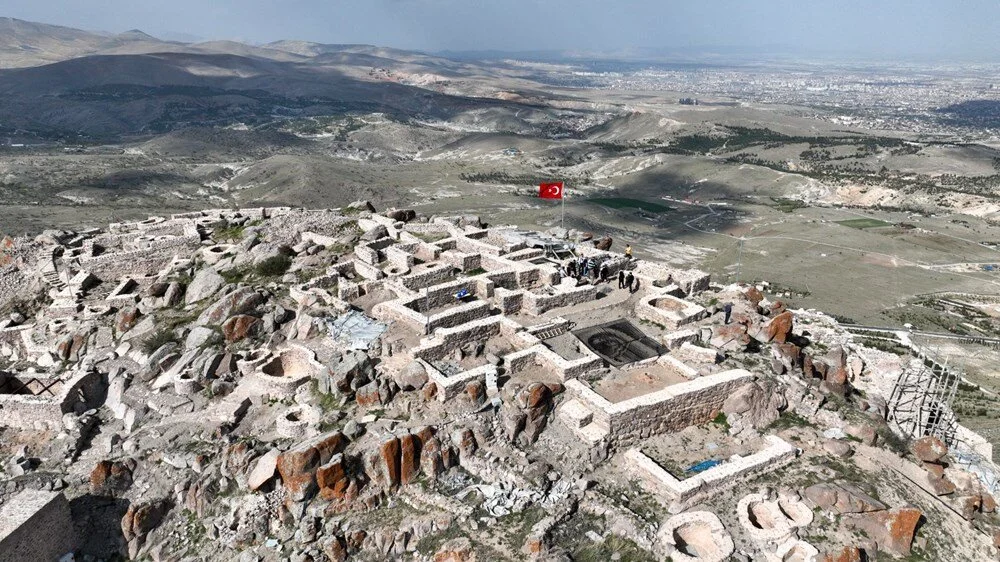
A Strategic Stronghold Since Antiquity
Mayor of Selçuklu, Ahmet Pekyatırmacı, stated that archaeological work on the summit of Takkeli Mountain has been carried out meticulously for over 13 years. “The elevation and 360-degree vantage point of the mountain have given it strategic significance throughout history,” said the mayor. “There has always been a stronghold here due to its military and geographical importance.”
He emphasized the importance of the recent findings and noted that the third phase of the project has been completed without delays:
“With this initiative, we aim to contribute not only to Turkish cultural heritage and tourism but also to the visual identity of Konya. Visitors to Gevale Castle will be able to take a journey into the depths of history and witness breathtaking panoramic views of Konya. These moments will become timeless memories captured in photographs.”
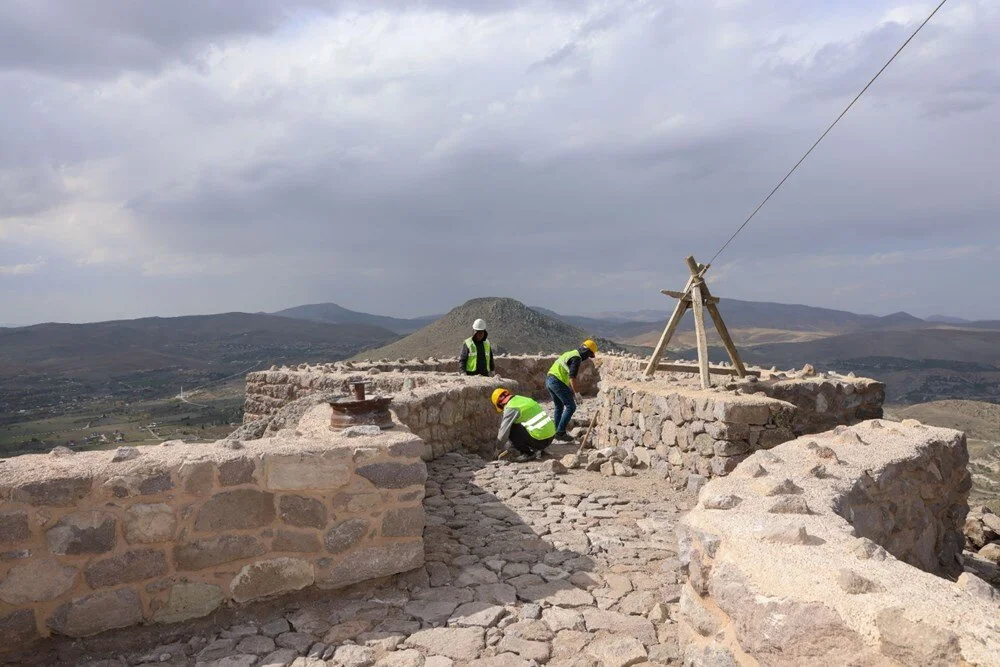
About Takkeli Mountain and the Historical Legacy of Konya
Takkeli Mountain, named after the conical shape (“takkeli” meaning “capped” or “with a peak” in Turkish), dominates the skyline of Konya and has played a significant role in military history since antiquity. Its strategic location has made it a natural watchtower and a sacred site over centuries.
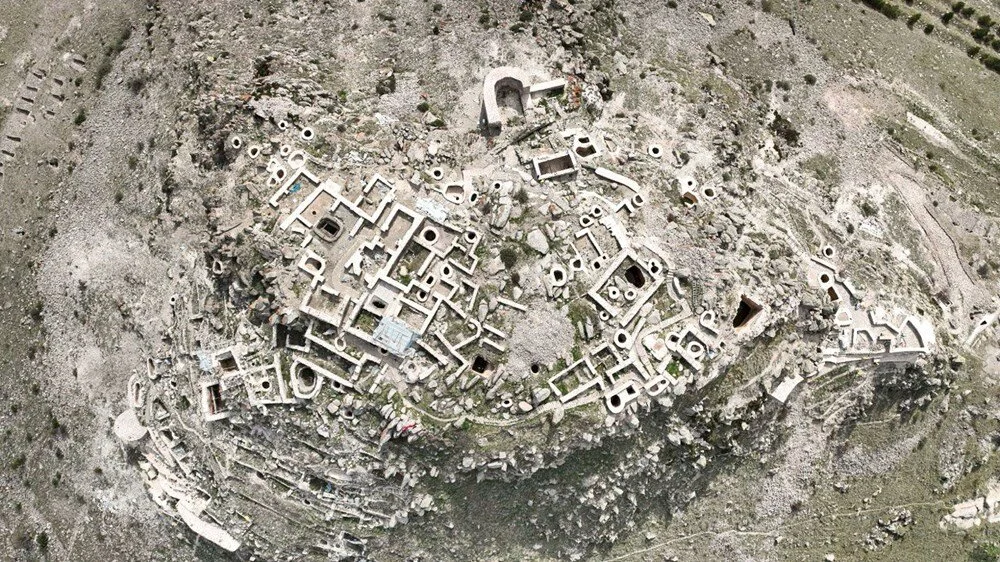
Konya itself is one of Türkiye’s oldest continuously inhabited cities, known as Iconium during Roman times and as the capital of the Seljuk Sultanate of Rum in the 12th and 13th centuries. The city is renowned for its contributions to Islamic architecture, philosophy, and arts, and it houses the tomb of the mystic poet Rumi (Mevlana Celaleddin-i Rumi), a globally visited pilgrimage site.
The reopening of Gevale Castle as a cultural heritage site promises to further enrich Konya’s already profound historical and touristic significance.
You may also like
- A 1700-year-old statue of Pan unearthed during the excavations at Polyeuktos in İstanbul
- The granary was found in the ancient city of Sebaste, founded by the first Roman emperor Augustus
- Donalar Kale Kapı Rock Tomb or Donalar Rock Tomb
- Theater emerges as works continue in ancient city of Perinthos
- Urartian King Argishti’s bronze shield revealed the name of an unknown country
- The religious center of Lycia, the ancient city of Letoon
- Who were the Luwians?
- A new study brings a fresh perspective on the Anatolian origin of the Indo-European languages
- Perhaps the oldest thermal treatment center in the world, which has been in continuous use for 2000 years -Basilica Therma Roman Bath or King’s Daughter-
- The largest synagogue of the ancient world, located in the ancient city of Sardis, is being restored

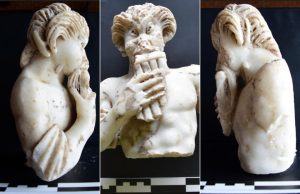
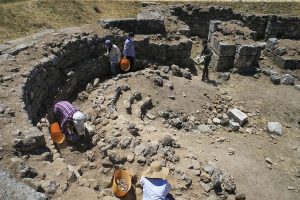
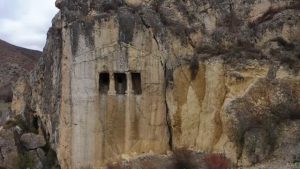
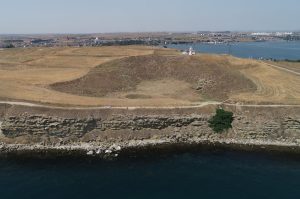
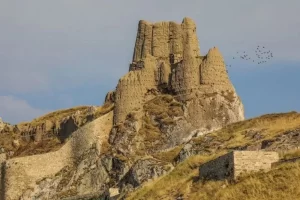
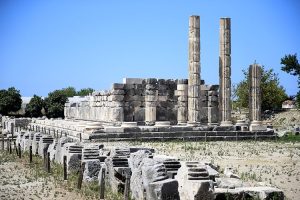


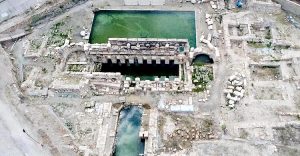
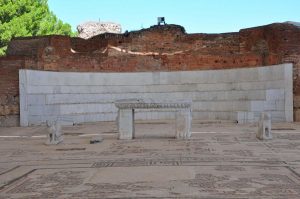
Leave a Reply